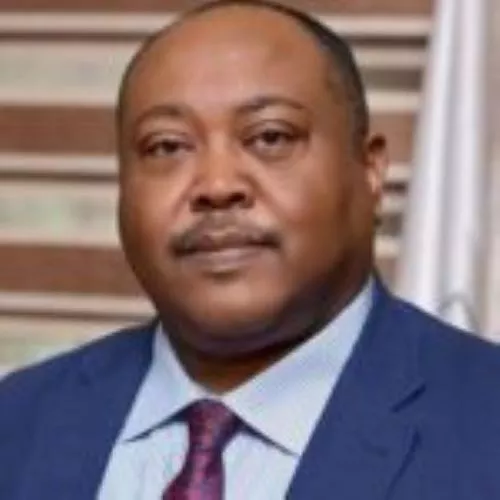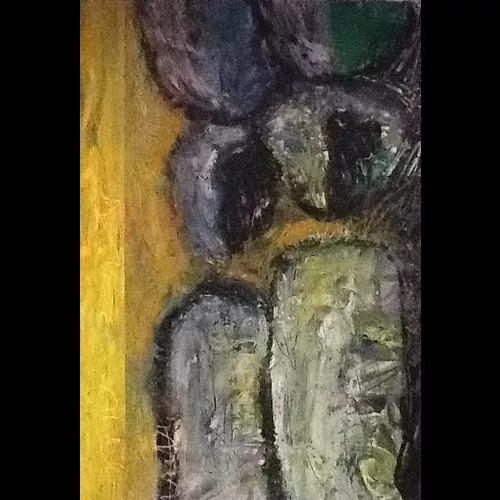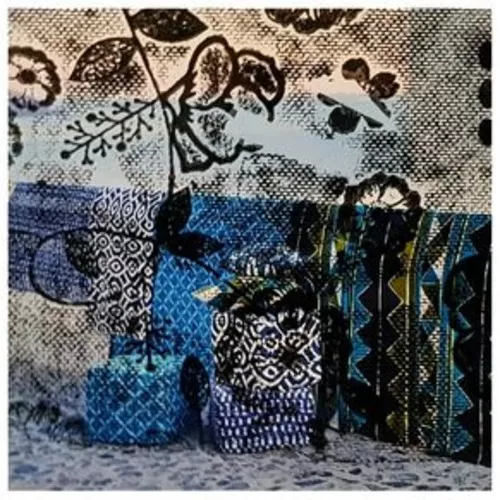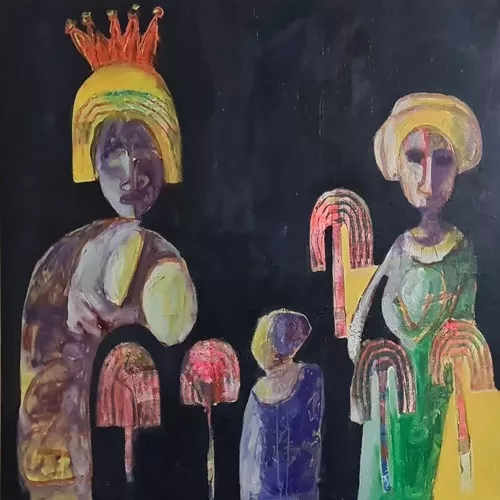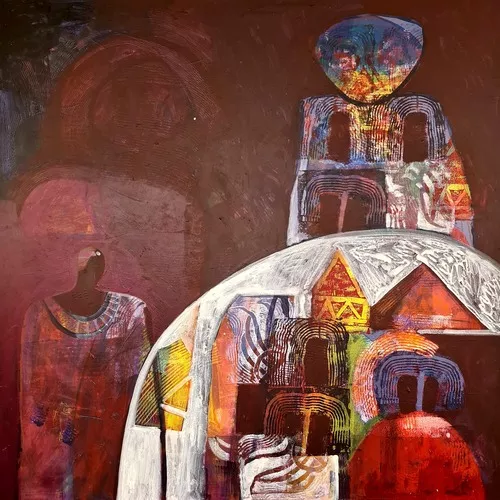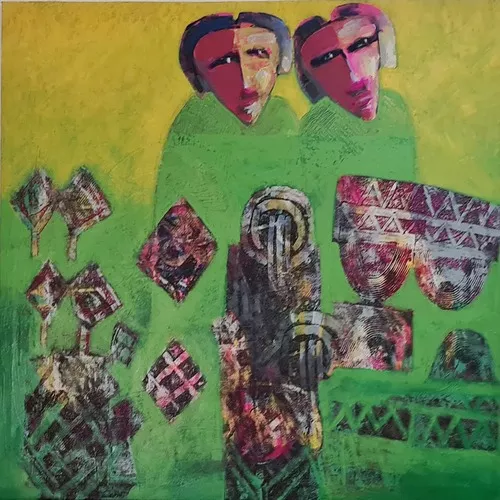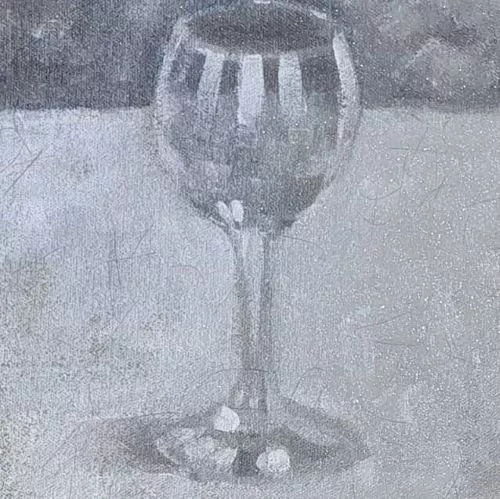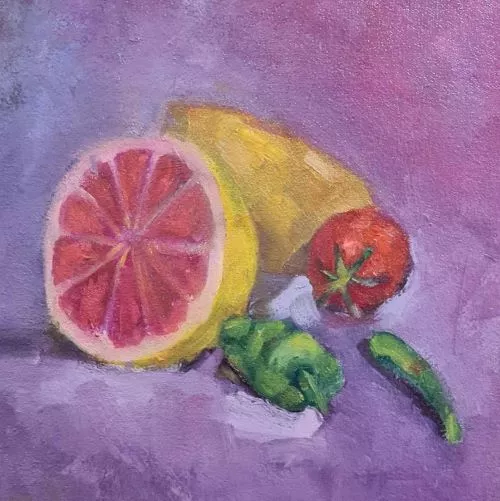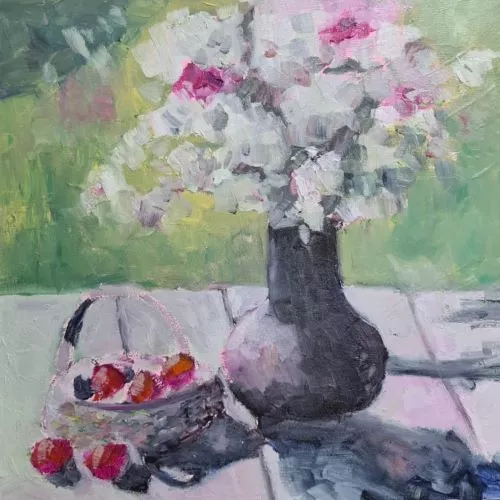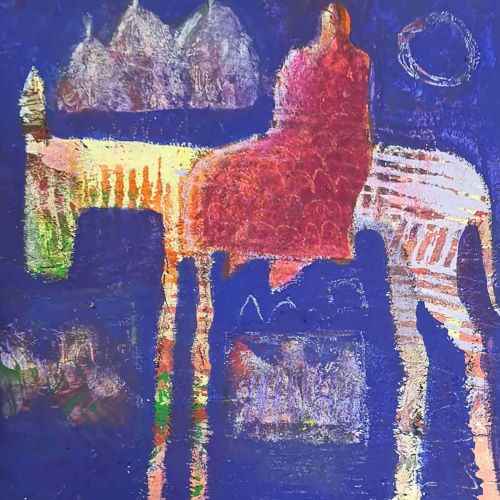The British-American writer, Henry James (1843-1916), like other writers and scholars, has aphorisms about the role of literature and art in life in general. Among his sayings about art, I found in the following two what I am looking for in relation to a case that I consider unique: “Art is what makes life, it makes pleasure, it makes importance, and I know that there is never a substitute for the power and beauty of the process of doing it” and “Art is a point of view, a genius way of looking for things.”
This unique case is represented by the owner of the Sudan Eye Center in Khartoum and the former head of the Ophthalmology Training Committee of the Sudanese Medical Council, who is known for his love and practice of plastic art. Or Professor, Kamal Hashim, who has held the position of Dean of the Faculty of Optics at Al-Neelain University in Khartoum in addition to the presidency of the university since 2016 (he played a major role in establishing the Faculty of Arts in it). The artist doctor was born in Khartoum, on January 16, 1962, to a father from the first generation of Sudanese architects. He received his university education in medicine at Kasr Al-Ainy, Cairo University in 1989, and obtained a doctorate degree in ophthalmology from the University of Khartoum in 1998.
The uniqueness of this case did not come because of the man’s success in his work as a doctor, academic, administrator, practitioner of plastic art, and a follower of his movement in addition to his wide social relations, some of which appear on media such as “Facebook”, but because he has proven aptly the humility of ideal scholars to be completed in his regularity as an art student (he finished studying this November year). The professor registered his name as a student in the Painting Department at the College of Fine and Applied Arts at the Sudan University of Science and Technology and presented his graduation project there, along with a scientific research entitled “Printing Techniques in Coloring: Reviewing the Works of Sudanese Plastic Artists and Experimenting with Monoprinting.”
The abstract of the research reveals that it aims to identify the most important techniques of artistic printing in modern and contemporary formation by focusing on mono printing, as well as reviewing some of the works of Sudanese plastic artists executed with it. This is in addition to his implementation of experimental works using mono printing techniques. The following lines show the importance of his research and the reasons for his selection:
research importance:
Introducing printing techniques and artistic methods, focusing on mono printing, and its uses in shaping artistic coloring works.
Clarification of the technical and expressive relationship of printing and the works of some Sudanese plastic artists.
Reasons for choosing:
Subjective: Desire to experiment with different printing techniques and materials.
Objective: shedding light on the importance of typography and its uses in Sudanese art.
Anyone who follows the biography and work of the professor finds that he has participated in multiple seminars and training courses in a number of countries, including: Egypt, South Africa, Turkey, Germany, Sweden, Norway and America. He also published more than 30 scientific papers in ophthalmology journals inside and outside Sudan, and supervised more than 20 university studies. It is worth noting that he held many non-academic positions, as he:
Founder of Sudan Private Eye Center 2002.
National Coordinator for Fighting Blindness 2003.
Founding Director General of the Parents Charitable Eye Hospital 1999-2008.
As for his activity in holding art exhibitions, it is as follows:
Solo exhibition, Faculty of Medicine, Cairo University, 1985
Solo exhibition at Rashid Diab Center 2012
Group exhibition at Rashid Diab Center 2013
Group exhibition at Rimnar Gallery, Khartoum, 2018
His various works in employing techniques, methods and subjects in general reveal latent capabilities that promise what will be considered a valuable addition to Sudanese plastic art. Perhaps his enthusiasm for developing his capabilities, which he demonstrated practically through academic study to refine his talent and broaden his knowledge in the field, confirms this view. Regarding his experience as a plastic artist, he says: “My motivation for practicing plastic art is love, as I escape from the hardships of daily life to find comfort and tranquility in the artwork.” As for how it is practiced and the nature of its topics, he affirms: “I tend to be free in topics, style, and tools, and I do not find it necessary to adhere to technical schools and academic restrictions.”
